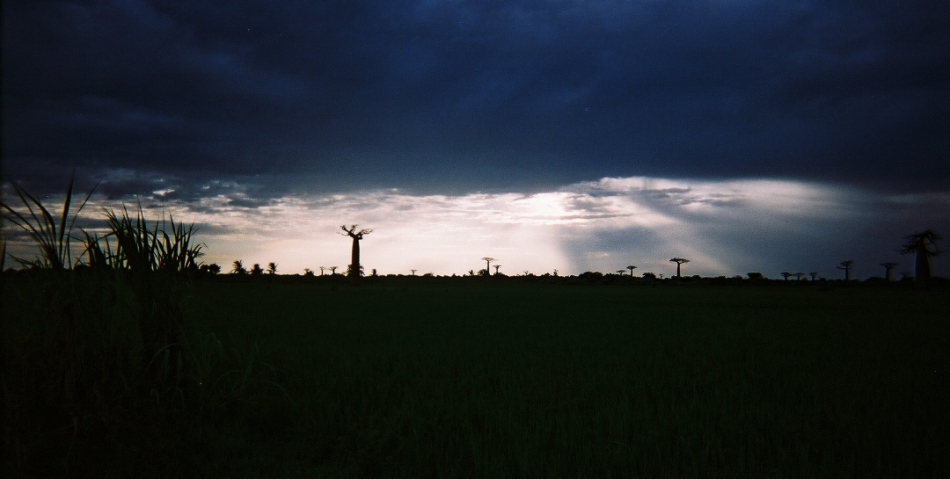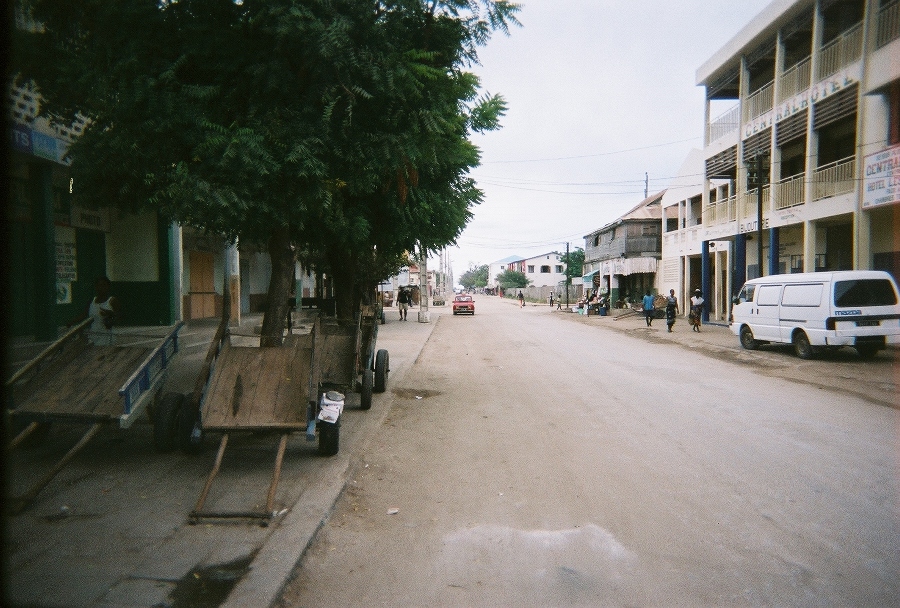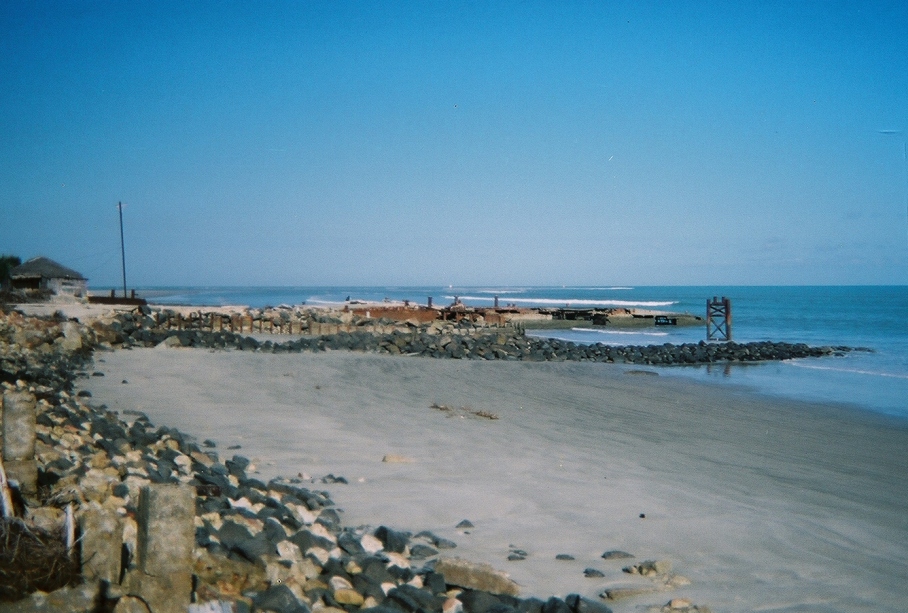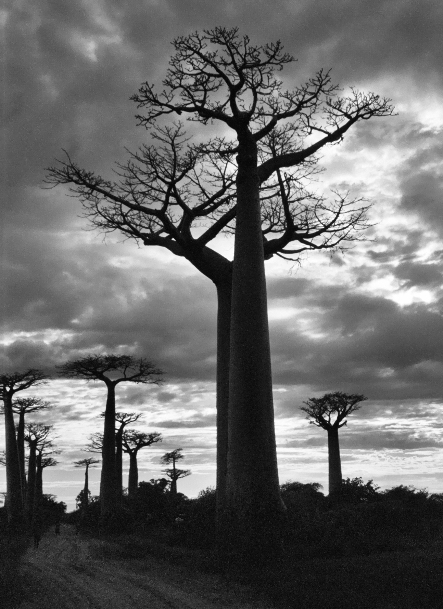L’Allee des Baobabs

I took a trip to Morondava, solely for the opportunity to see the Avenue of Baobabs. There are eight species of baobabs, six of which are endemic to Madagascar. One of these six is the most magnificent of them all, the Grandidier’s baobab, which grows proudly and prominently along a small dirt road just outside of Morondava, known locally as L’Allee des Baobabs.
As with all my adventure in M/car, mostly due to my lack of travel funds, getting to and from there was an ordeal to be endured. Going there was bearable. Pastor Tom and Pastor Richard were already planning a trip there to visit the church, and I was able to ride along, and therefore sleep in the back of a Land Rover, rather than fighting insomnia, upright, squeezed between two Malagasy bewildered as to why a vizaha would ride the taxi-brousse.
Morondava had once been a fairly busy port city, but as the road between Morondava and Tana slowly deteriorated, shippers were less likely to use the port. Eventually a series of cyclones destroyed what remained of the port, ending use of it for good. Since that time, no work had been done on the road. For a good 125km or so, the road was a washed-out, pot-holed mess, requiring 5 hours to cover. The majority of the length of the trip seemed to be in this middle section of road.
Morondava didn’t strike me as a town visited much by anyone. The only tourists would be those going from the airport to the baobabs, then continuing on to the Tsingy de Bemaraha, a location I was unfortunately unable to visit. There were few hotels and dusty streets, busy with activity only in the mornings and late evenings. The heat of this corner of M/car prevented anyone from being out during the day.
When I first got there, I tried to find a 4-wheeler or motorcycle to rent to take to the baobabs. My lack of funds made me settle on paying a taxi driver. I found one hanging around town and arranged for my trip early the next morning.
I got up before sunrise and met my driver and we headed out-of-town. The Avenue of Baobabs, and what makes it so picturesque, is the result of poor maintenance and disregard for the value of forests. The whole area was once covered in forests, the 10 foot thick and 100 foot high baobabs only the kings of a vast array of tropical trees. The forests are long gone, the baobabs remain only because of their spiritual significance, and the generation of tourist income. Agriculture and grazing continue to creep in on the few remaining trees, that are still unprotected in a country with a fractured government far from being focused on conservation.
The trees rise from an otherwise barren landscape, seemingly growing upside-down, with their roots reaching for the heavens. A dozen or so line the red-dirt road forming the famous “Avenue” but a few others can also been seen in the distance. Several people were traveling the road, carrying out their morning chores. Women walking together, a few zebu-drawn carts, and even a Chinese group setting up their model for a photo shoot with the trees.
My driver took me around the area, giving me time to take pictures and taking me to the “Lover’s Baobab,” two trees that had grown twisted around each other.
With little else to see in Morondava, and without transportation to Tsingy, I got back into town from my excursion, and went to the taxi-brousse station to arrange my trip back to Tana. I got my ticket for the late afternoon of that day. This trip would be the longest bus ride of my stay in M/car. After leaving in the late afternoon, I arrived in Tana, the next day, 21 hours later. While most buses had at least one back up driver, this bus had none, requiring one driver to make the trip on his own. Because of this, he took frequent and long breaks. This combined with the painfully slow, unimproved portion of road (which took 7 hrs to cover), made it an arduous trip. I was joined on the bus by a random Yugoslavian guy, who drank the whole time and never ate. It was uncomfortable, but it was my way to see the island.









